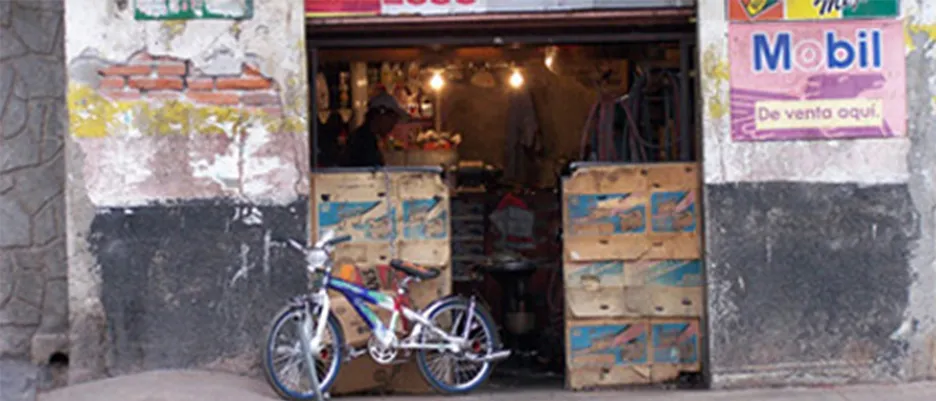MEXXochimilco informell
Master Projekt + Thesis, Summer Semester 2010
Topic and Task
„Mexico is the ultimate world city: ultimate in size, ultimate in population, ultimate in threat of paralysis and disintegration, ultimate in the problems it represents.“ (Peter Hall)
The artificial land reclamation using Chinampas since the 10th century has created a unique urban landscape in Xochimilco, which is now a part of Mexico City. The former lake plain in the Anahuac Valley, where the Aztec capital Tenochtitlan was once founded, is now almost entirely covered by Mexico City. However, Xochimilco still has the last remaining parts of the Chinampas canal system, which are an important tourist destination and are now protected as historical monuments. This unique geographical, historical, and societal situation in the Xochimilco district creates an urban landscape that is caught in the interplay between growth and preservation – the natural and traditionally influenced agricultural land use contrasts with informal settlement activities.
Hand in hand with the competition for land resources is the struggle for clean water use. The ecological catastrophe that the entire Mexico City metropolitan area is facing is particularly evident in Xochimilco – the city's water consumption and groundwater extraction exceed the replenishment of this vital resource. As a result, the city is sinking by up to 40 cm annually as the supporting layers of earth subside due to the lack of groundwater. This also affects the fragile cultural landscape of Xochimilco, which relies on regular controlled flooding through the damming of canals. This irrigation and fertilization technique becomes increasingly challenging when areas that sink less cannot be reached by water.
Another cause of the destruction of Xochimilco's cultural landscape is the extreme pollution of its waters (surface water and groundwater) by untreated sewage, which is discharged into the almost closed hydrological system of the Mexico Valley. As a replacement for the dwindling surface waters due to the destruction of vegetation cover and uncontrolled groundwater extraction, wastewater is introduced into the Xochimilco canals, further contaminated by the sewage from informal settlements. Today, Xochimilco is in a critical state under the influences of the relentlessly growing city and poor water quality, endangering its traditional uses. What will become of this unique urban landscape if current trends continue? Can the area's "natural" cultural landscape origin be the key to its future?
The master project focuses on informal urban growth in Xochimilco and the associated transformation of the old Chinampas cultural landscape into urban space. The project will develop strategies, tactical interventions, and designs with the aim of creating high-quality public spaces within the process of informal urban growth and securing and enhancing the ecological functions of the Chinampas landscape. How can attractive public spaces and green areas be created for the residents of colonias populares during the process of informal urban growth? What could their design be like? What role do the structures of the Chinampa landscape, especially the canal system, play in this context? How can the Chinampa landscape structurally, functionally, and scenically become a driver of further urban development in Xochimilco?
Supervision
Prof. Regine Keller, Dipl.-Ing. Mattias Roser, Dipl.-Ing. Thomas Hauck
